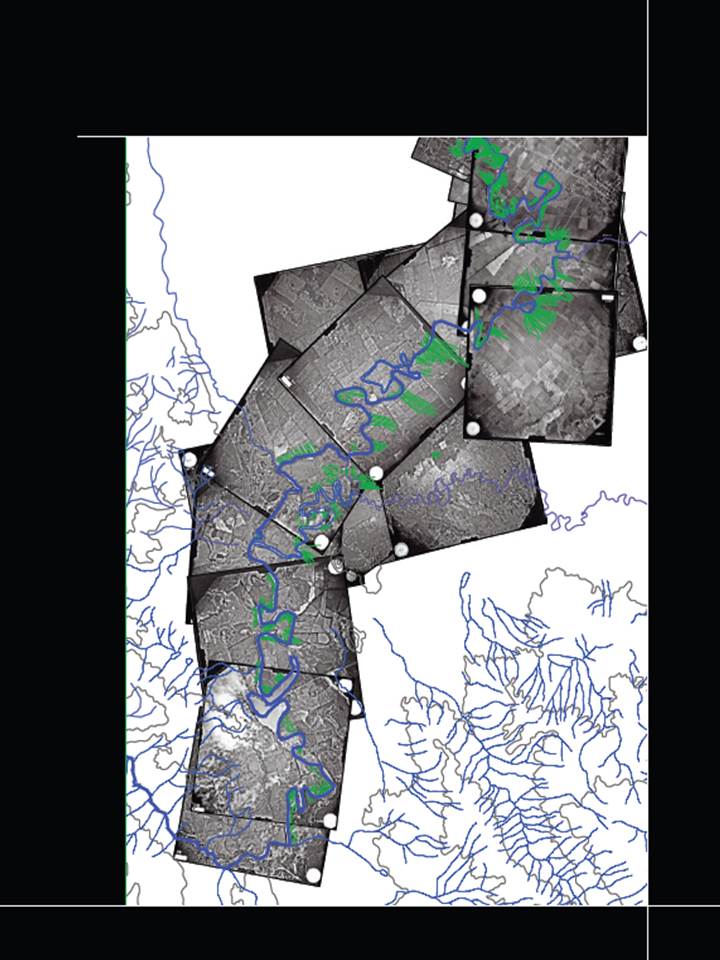Abstract
The imperial expansion of European kingdoms throughout the world, which began in the fifteenth century, increasedthe use of mapping as an essential tool to understand and master the continents where they had penetrated andspecially in the new territories they aimed to explore. To this end, in the late sixteenth century the Spanish Crownreintroduced cosmography as a field of knowledge applied to the continents of America and Oceania, and developedinstruments for the chorographic and geographical recognition of the territories claimed on behalf of the King. Cosmographynaturalized ways to describe the new colonies and its habitants as well as ways to produce, read and usemaps as a representation of the achievements and ideals of imperial policies, concerning land management and toreport the implementation of the actual rules. The paper introduces some relevant aspects of the Mayor ChroniclerCosmograph post and of the instruments that generated a cosmography and a normative cartography, and a reflectionon how to create a chorography and practiced cartography, based not in the official look but in an interdisciplinaryapproximation to understand the spaces where individuals from different backgrounds, specifically in Santa Fe andBogota, converged, coexisted and developped.Apuntes is registered under a Creative Commons Attribution 4.0 International Public License. Thus, this work may be reproduced, distributed, and publicly shared in digital format, as long as the names of the authors and Pontificia Universidad Javeriana are acknowledged. Others are allowed to quote, adapt, transform, auto-archive, republish, and create based on this material, for any purpose (even commercial ones), provided the authorship is duly acknowledged, a link to the original work is provided, and it is specified if changes have been made. Pontificia Universidad Javeriana does not hold the rights of published works and the authors are solely responsible for the contents of their works; they keep the moral, intellectual, privacy, and publicity rights.
Approving the intervention of the work (review, copy-editing, translation, layout) and the following outreach, are granted through an use license and not through an assignment of rights. This means the journal and Pontificia Universidad Javeriana cannot be held responsible for any ethical malpractice by the authors. As a consequence of the protection granted by the use license, the journal is not required to publish recantations or modify information already published, unless the errata stems from the editorial management process. Publishing contents in this journal does not generate royalties for contributors.


